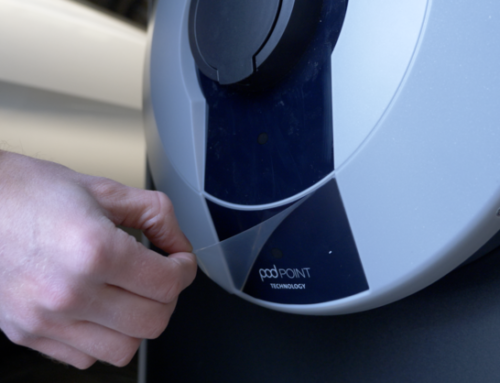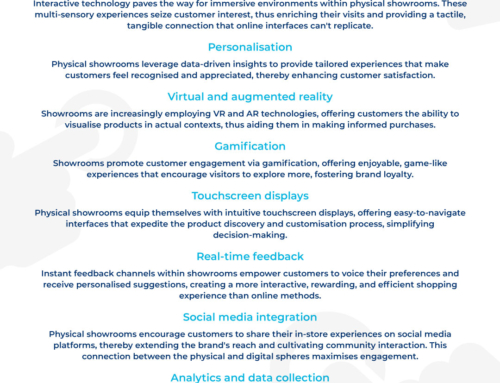The rise of electric vehicles (EVs) is having a significant impact on the motor industry, and one area undergoing major changes is the car showroom. As more and more people turn to electric vehicles, showrooms must adapt to accommodate these new vehicles and the unique requirements they bring.
One of the biggest changes that showrooms are facing is the need to create dedicated EV displays. With traditional diesel or petrol cars, showrooms could rely on showcasing a variety of models and styles on the same floor. However, electric cars often require specific charging infrastructure and display setups. Showrooms are now dedicating space for EV charging stations and creating separate EV-only displays to highlight the unique features and benefits of these vehicles.
Another change that showrooms are facing is incorporating interactive technology to allow customers to engage with information about EVs. Many consumers are still unfamiliar with the technology and the benefits of EVs, and showrooms are turning to virtual reality and other interactive tools to help educate customers about the advantages of electric vehicles. Virtual reality (VR) can be used to give customers a simulated test drive of an EV, allowing them to experience the car’s unique features and capabilities without ever having to leave the showroom. Showrooms are also incorporating digital kiosks and other interactive displays to provide customers with detailed information about the vehicles on show, including range, charging time, and other technical specifications.
The design of showrooms is also evolving to reflect the changing nature of the industry. As customers become more environmentally conscious, they are looking for showroom spaces that are not only visually appealing but also responsible and eco-friendly. Showrooms are incorporating more sustainable materials and practices to align with the environmental benefits of EVs. This includes the use of LED lighting, energy-efficient heating and air conditioning systems, and the inclusion of natural elements such as plants and skylights. Showrooms are also utilising flooring and wall coverings that reflect the clean, modern aesthetic of EVs.
A key aspect of showroom design is the layout and flow of the space. Designers are always thinking about how to maximise space and create a cohesive look and feel. This includes using creative solutions such as hanging displays or multi-level displays to showcase numerous models. Showroom designers have to consider the flow of traffic and how to guide customers through the space in a way that highlights the features and benefits of electric vehicles.
In addition to the physical changes happening in showrooms, branding and company identity is also playing a big role in how showrooms are evolving to showcase EVs. Showrooms are creating a unique identity for their EV displays, using branding and other design elements to create a specific look and feel that sets them apart from traditional car displays.
The rise in popularity of electric vehicles is changing the way we display cars in showrooms. As more and more consumers turn to EVs as their preferred mode of transportation, dealerships will continue to adapt and evolve. Showrooms are now dedicating space for electric vehicle charging stations, creating separate EV-only displays, integrating interactive technology, optimising the layout and flow, incorporating sustainable design and creating a unique identity to appeal to consumers.





